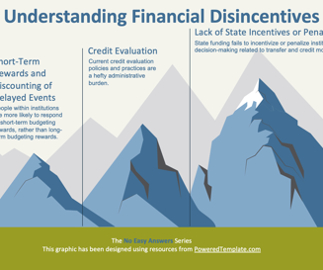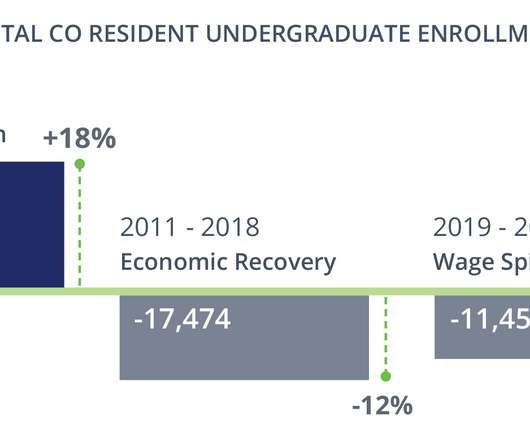Zamani-Gallaher Appointed Dean of School of Education
Diverse: Issues in Higher Education
MAY 8, 2024
“The school’s mission-vision aligns with my work as a scholar and leader, and I believe the school is poised to reach new heights in the areas of K-12 and higher education, human development, exercise, health, and wellness.” in educational organization and leadership from the University of Illinois Urbana-Champaign.












Let's personalize your content